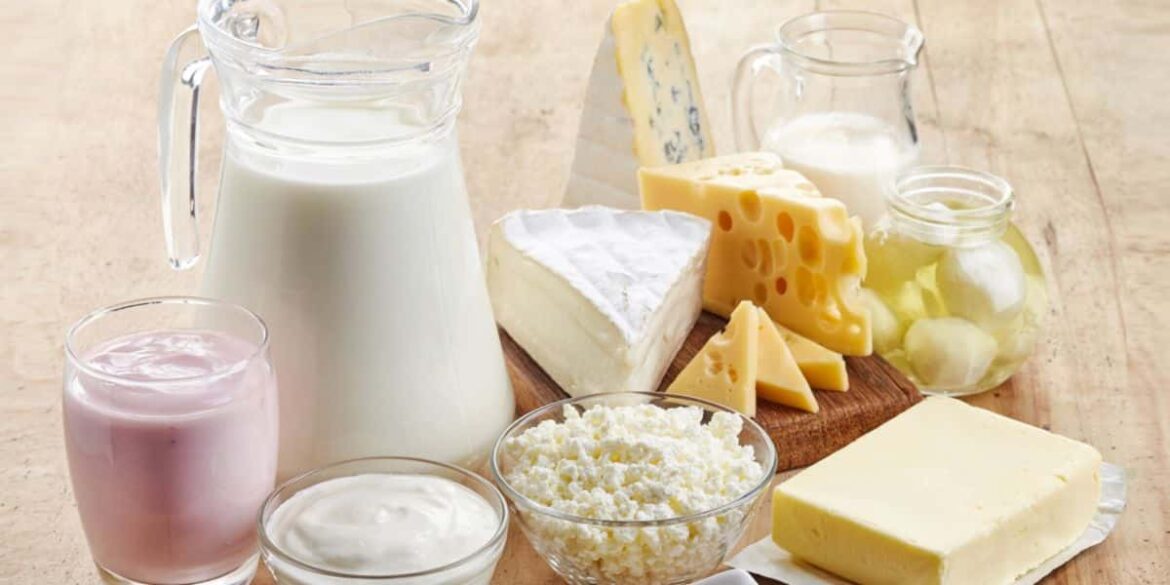Dairy products are not the only foods with lactose – sausage and food supplements can also contain lactose
Many foods contain lactose
Lactose is the sugar contained in milk. It provides energy and is involved in various metabolic processes. It promotes calcium absorption and supports the intestinal flora. However, in the case of intolerance, lactose is not completely broken down during digestion. This leads to symptoms such as abdominal pain and cramps, flatulence or diarrhea. How well or poorly you tolerate a food with a lactose intolerance depends primarily on the concentration in the respective product. But your individual situation also plays a role.
- Dairy products and milk have the highest lactose content. These include whole milk powder, skimmed milk powder, whey powder, condensed milk and breast milk. These products are not tolerated by intolerant people
- Slightly less lactose is found in cow’s milk, sheep’s milk, goat’s milk, buttermilk, soured milk, whey, yoghurt, low-fat quark, sour cream, cream and kefir. This depends on your personal tolerance level, which must be tested in each individual case. Butter is generally tolerated, margarine is also unproblematic
- Cheese also contains lactose. The longer the ripening process, the higher the tolerance. Processed cheese contains a lot of lactose and is considered intolerable in the case of an intolerance. Common varieties such as Gouda, Edam, Leerdam and Parmesan are unproblematic. They only contain very small amounts of lactose
- Feta, Camembert, Emmentaler or Appenzeller contain only a little more lactose and are usually well tolerated. Mascarpone, mozzarella, cottage cheese and cream cheese are individually digestible
- Caution is generally advised with confectionery. Milk chocolate, nougat, pralines, ice cream and semolina porridge contain high concentrations of lactose. Ready-made desserts also often contain lactose.
Concealed lactose
The lactose content is not always obvious, especially in processed products. You need to study the content information carefully.
- Bread and baked goods made with milk or milk powder are an example of this. You should also be careful with cakes, milk rolls and waffles, as well as crispbread and cookies.
- Many sausage products also contain lactose. This mainly applies to reduced-fat products, but also ham, liver sausage, cooked sausage and canned sausage.
- The numerous industrially produced ready meals and instant products can also be problematic. From frozen pizza to tinned fish, meat and vegetables to fast food, you have to reckon with lactose everywhere. This also applies to instant soups, mashed potatoes in powder form, ready-made sauces, dressings, mayonnaise, pesto, mustard and ketchup.
- Food supplements can also contain lactose. Even spices and medicines can contain lactose. Many additives such as thickeners or binding agents used in the food industry can contain lactose.

